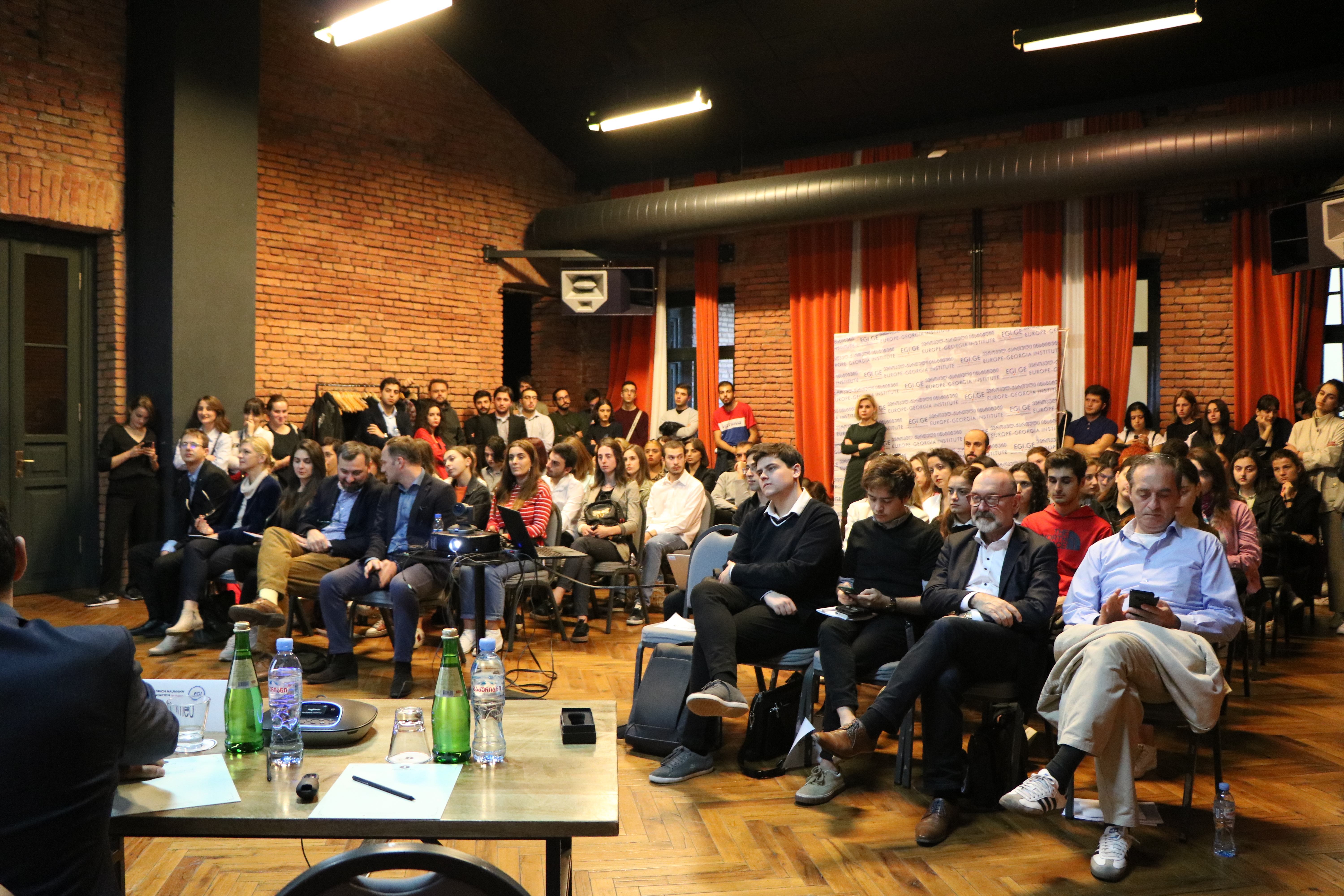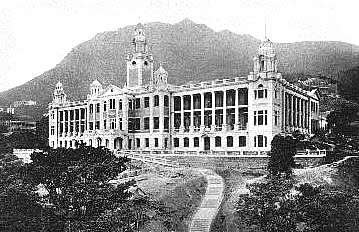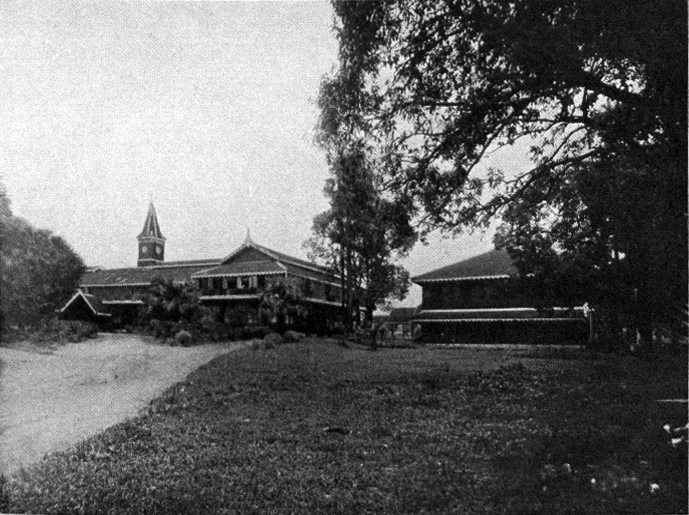|
Association Of Southeast Asian Institutions Of Higher Learning
The Association of Southeast Asian Institutions of Higher Learning (ASAIHL) is a non-governmental organization (NGO). Its aim is to assist member institutions to strengthen themselves through mutual self-help to achieve distinction in teaching, research, and public service, thereby contributing to their respective nations and beyond. Established in Bangkok in January 1955, it is one of the oldest regional organizations in Southeast Asia. the ASAIHL Secretary-General is Ninnat Olanvoravuth of Chulalongkorn University. Members As of 2020, ASAIHL has 246 member institutions from 25 countries. Founders # Sir Nicholas Attygalle, University of Ceylon # Air Marshal Muni M. Vejyant Rangshrisht, Chulalongkorn University # Lindsay Ride, University of Hong Kong # Bahder Djohan, University of Indonesia # Sir Sydney Caine, University of Malaya # Vidal A. Tan, University of the Philippines Diliman The University of the Philippines Diliman (also called UPD; ), also referred to as UP ... [...More Info...] [...Related Items...] OR: [Wikipedia] [Google] [Baidu] |
Non-governmental Organization
A non-governmental organization (NGO) is an independent, typically nonprofit organization that operates outside government control, though it may get a significant percentage of its funding from government or corporate sources. NGOs often focus on humanitarian or social issues but can also include clubs and associations offering services to members. Some NGOs, like the World Economic Forum, may also act as lobby groups for corporations. Unlike international organizations (IOs), which directly interact with sovereign states and governments, NGOs are independent from them. The term as it is used today was first introduced in Article 71 of the UN Charter, Article 71 of the newly formed United Nations Charter in 1945. While there is no fixed or formal definition for what NGOs are, they are generally defined as nonprofit entities that are independent of governmental influence—although they may receive government funding. According to the United Nations Department of Global Communic ... [...More Info...] [...Related Items...] OR: [Wikipedia] [Google] [Baidu] |
Chulalongkorn University
Chulalongkorn University (CU; ; , ) is a public university, public Autonomous university, autonomous research university in Bangkok, Thailand. The university was originally founded during King Chulalongkorn's reign as a school for training royal pages and civil servants in 1899 (B.E. 2442) at the Grand Palace. It was later established as a national university in 1917, making it the oldest institute of higher education in Thailand. During the reign of Chulalongkorn's son, King Vajiravudh, the Royal Pages School became the Civil Service College of King Chulalongkorn. The Rockefeller Foundation was instrumental in helping the college form its academic foundation. On 26 March 1917, King Vajiravudh renamed the college "Chulalongkorn University". Chulalongkorn University is one of the National Research Universities and supported by the Office of Nation Education Standards and Quality Assessment of Thailand. Moreover, CU is the only Thai university which is a member of Association o ... [...More Info...] [...Related Items...] OR: [Wikipedia] [Google] [Baidu] |
Nicholas Attygalle
Sir Nicholas Attygalle (14 July 1894 – 27 March 1970) was a Ceylonese academic, surgeon and a Senator. He was the President of the Senate of Ceylon from 1953 to 1960 and the first Ceylonese Vice-Chancellor of the University of Ceylon, where he was known as the "Iron Vice Chancellor". Early life and education He was born on 14 July 1894 to the prominent Attygalle family from Madapatha, he was the fifth in a family of eleven which included nine sons and two daughters. His father, Don Louis Attygalle, was a shroff and later served as the Mudaliyar of the Ratnapura Kachcheri. A part time Ayurveda practitioner, Don Louis Attygalle died when Nicholas was seventeen. His mother was Dolicia Jane Haddagoda. Cyril Attygalle was one of his brothers. Attygalle received his primary education at St. Luke's College in Ratnapura and his secondary education at Royal College Colombo before entering the Ceylon Medical College in 1913 where he passed LMS in 1919, topping the batch and ... [...More Info...] [...Related Items...] OR: [Wikipedia] [Google] [Baidu] |
University Of Ceylon
The University of Ceylon was the only university in Sri Lanka (earlier Ceylon) from 1942 until 1972. It had several constituent campuses at various locations around Sri Lanka. The University of Ceylon Act No. 1 of 1972, replaced it with the University of Sri Lanka which existed from 1973 to 1978. In 1978 it was separated into four independent universities. These are the University of Colombo, the University of Peradeniya, University of Kelaniya ( Vidyalankara University) and the University of Sri Jayawardanapura ( Vidyodaya University). History Agitation for the provision of higher education in the island and for the establishment of a university began by the mid-19th century. This agitation gathered momentum by the beginning of the 20th century, and the Ceylon University Association, formed in 1906 by Sir James Peiris, Sir Ponnambalam Arunachalam and Sir Marcus Fernando with some other modern/western educated elite, urged the establishment of a national university. [...More Info...] [...Related Items...] OR: [Wikipedia] [Google] [Baidu] |
University Of Hong Kong
The University of Hong Kong (HKU) is a public research university in Pokfulam, Hong Kong. It was founded in 1887 as the Hong Kong College of Medicine for Chinese by the London Missionary Society and formally established as the University of Hong Kong in 1911. It is the oldest tertiary institution in Hong Kong. The university was established and proposed by Governor Sir Frederick Lugard in an effort to compete with the other Great Powers opening universities in China. The university's governance consists of three bodies: the Court, the Council, and the Senate. These three bodies all have their own separate roles. The Court acts as the overseeing and legislative body of the university, the Council acts as governing body of the University, and the Senate as the principal academic authority of the university. The university currently has ten academic faculties and 20 residential halls and colleges for its students, with English being its main medium of instruction and asses ... [...More Info...] [...Related Items...] OR: [Wikipedia] [Google] [Baidu] |
University Of Indonesia
The University of Indonesia (UI; ) is a public university in Depok, West Java and Salemba, Jakarta, Indonesia. It is one of the oldest tertiary-level educational institutions in Indonesia (known as the Dutch East Indies when UI was established), and is generally considered one of the most prestigious universities in Indonesia, along with the Gadjah Mada University and Bandung Institute of Technology. In the 2024 QS World Universities Ranking, UI is ranked 1st in Indonesia, 49th in Asia and 237th in the world. History UI's origins date back to the School of Health Sciences and Vaccines (''Opleiding van eleves voor de genees-en helkunde en vaccine'') on 2 January 1849 based on a decree from the Governor of the Dutch East Indies. At that time, the colonial government of the Dutch East Indies established a school to train medical assistants. Training lasted for two years, and the graduates were certified to perform basic medicine. Those graduates were awarded the title Javanese ... [...More Info...] [...Related Items...] OR: [Wikipedia] [Google] [Baidu] |
University Of Malaya
The Universiti Malaya (lit 'University of Malaya'; abbreviated UM) is a public university, public research university located in Kuala Lumpur, Malaysia. It is the oldest Malaysian institution of higher education, and was the only university in newly independent Malaya. The university has graduated five prime minister of Malaysia, prime ministers of Malaysia, and other political, business, and cultural figures of national prominence. The predecessor of the university, King Edward VII College of Medicine, was established on 28 September 1905 in Singapore, then a territory of the British Empire. In October 1949, the merger of the King Edward VII College of Medicine and Raffles College created the university. Rapid growth during its first decade caused the university to organize as two autonomous divisions on 15 January 1959, one located in Singapore and the other in Kuala Lumpur. In 1960, the governments of Federation of Malaya, Malaya and Singapore indicated that these two divis ... [...More Info...] [...Related Items...] OR: [Wikipedia] [Google] [Baidu] |
University Of The Philippines Diliman
The University of the Philippines Diliman (also called UPD; ), also referred to as UP Diliman, is a State university and college (Philippines), public, coeducational, Research university, research university located in Diliman, Quezon City, Philippines. It was established on February 12, 1949, as the flagship campus and seat of administration of the University of the Philippines, University of the Philippines System, the national university of the Philippines. As a member of the University of the Philippines System, it is the fourth oldest and is the largest constituent campus in terms of the number of degree-granting academic units, student population, faculty, and library resources. There are 27 degree-granting units on campus, accounting for 26,349 students of which, 17,117 are undergraduates. UP Diliman had a complement of 1,620 regular faculty in 2023, of whom 499 have doctoral degrees. In addition to the units in the main campus, UP Diliman has extension programs in Ange ... [...More Info...] [...Related Items...] OR: [Wikipedia] [Google] [Baidu] |
Htin Aung
Htin Aung ( ; also Maung Htin Aung; 18 May 1909 – 10 May 1978) was a writer and scholar of Burmese culture and history. Educated at Oxford and Cambridge, Htin Aung wrote several books on Burmese history and culture in both Burmese and English. His English-language works brought a much-needed Burmese perspective to the international study of Burmese history, previously written by British historians of the colonial era. His important works include '' A History of Burma'', '' Folk Elements in Burmese Buddhism'', '' Selections from Burmese Folk Tales'', '' Thirty Burmese Tales'' and '' Burmese Drama''. Htin Aung, as the rector of the University of Rangoon from 1946 to 1958, was the highest ranking academic in the Burmese education system, at the time. He was one of the founding fathers of the Association of Southeast Asian Institutions of Higher Learning (ASAIHL). Early life and education Htin Aung was born to a Burmese aristocratic family on 18 May 1909. His parents were U H ... [...More Info...] [...Related Items...] OR: [Wikipedia] [Google] [Baidu] |
University Of Rangoon
The University of Yangon (also Yangon University; , ; formerly Rangoon College, University of Rangoon and Rangoon Arts and Sciences University), located in Kamayut, Yangon, is the oldest university in Myanmar's modern education system and the best known university in Myanmar. The university offers mainly undergraduate and postgraduate degrees (Bachelor's, Master's, Post-graduate Diploma, and Doctorate) programs in liberal arts, sciences and law. Full-time bachelor's degrees were not offered at the university's main campus after the student protests of 1996. The bachelor's degree was re-offered from 2014 on. Today degrees in Political Science are offered to undergraduate students, as well as postgraduate diplomas in areas such as social work and geology. Initially most major universities in the country depended on Yangon University. Until 1958 when Mandalay University became an independent university, all institutions of higher education in Myanmar were under Yangon University. A ... [...More Info...] [...Related Items...] OR: [Wikipedia] [Google] [Baidu] |
College And University Associations And Consortia In Asia
A college (Latin: ''collegium'') may be a tertiary educational institution (sometimes awarding degrees), part of a collegiate university, an institution offering vocational education, a further education institution, or a secondary school. In most of the world, a college may be a high school or secondary school, a college of further education, a training institution that awards trade qualifications, a higher-education provider that does not have university status (often without its own degree-awarding powers), or a constituent part of a university. In the United States, a college may offer undergraduate programs – either as an independent institution or as the undergraduate program of a university – or it may be a residential college of a university or a community college, referring to (primarily public) higher education institutions that aim to provide affordable and accessible education, usually limited to two-year associate degrees. The word "college" is generally ... [...More Info...] [...Related Items...] OR: [Wikipedia] [Google] [Baidu] |




